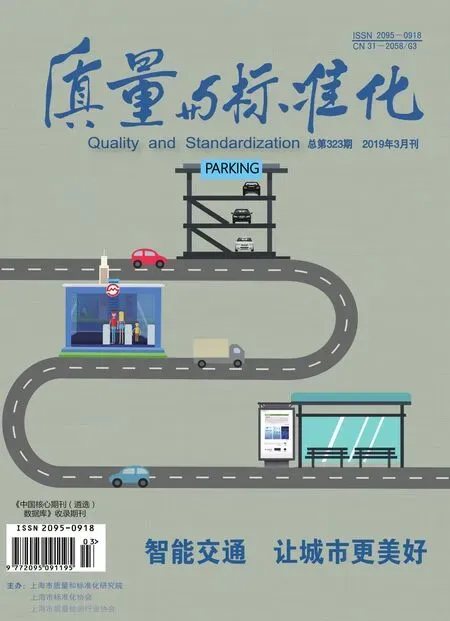由礼及用的杯中乾坤
文/五花肉
上一期,专栏介绍了古人匠心独具的造车之术。本期,我们从源远流长的酒文化切入,关注由礼及用的杯中乾坤。
In the last issue, the column introduced the ancient people's sophisticated technique in chariot-making. In this issue, we start from a long-standing wine culture and pay attention to etiquette and utility in wine culture.

“杯中乾坤大,壶里日月长”,在灿烂的中华文明中,浓墨重彩的酒文化始终拥有超然的地位,上至庙堂,下至市井,雅俗共赏,源远流长。酒文化的兴盛也带动酒器走出了一条由礼及用的发展之路。
"There is Arcanum in a vessel and livelihood in stoup". In the splendid Chinese civilization, the rich and colorful wine culture held a transcendent position, enjoying both refined and popular tastes from royal to philistines, with a long history. The prosperity of wine culture drove wine vessels out of a road of development from etiquette to utility.
礼器分六尊Six Ritual Wine Vessels
商周时期,受制于经济水平和酿造工艺,酒的产量十分稀少,“非祀天地、祭宗庙、奉佳宾而不用”。当时酒最重要的功能是祭祀,据《礼记》记载,盛酒之器应由青铜制成,遵循“制器尚象”的标准,器型厚重,以天象、兽型等元素设计纹饰,体现对自然的敬畏。酒器按外观尺寸从小到大依次分为六等,统称六尊,祭祀之人须按身份等级有序取用,以小为贵。
During the Shang and Zhou dynasties, limited by economic level and brewing technology, the output of wine was very scarce, "Wine is only for worshipping heaven and earth, offering sacrifices to ancestral temples, and serving good guests". At that time,the most important function of wine was to offer sacrifices. According to "Records of Rites", the wine vessels should be made of bronze. It followed the standard that "Shape should originate from natural elements". The shape of the vessels were thick and heavy, and the decorations were designed with astronomical phenomena, animal shapes and other elements to reflect the reverence for nature. Wine vessels were divided into six categories in turn from small to large in appearance size, collectively referred to as six statues. Participants in a sacrifice must fetch the vessels in an orderly manner according to the different status. When vessel was smaller in size, it was for higher in status.
行酒辨尊卑Etiquette Standards in Wine Vessels
到了先秦后期,随着产量的大幅提高,酒逐渐走下祭坛,成为宾客宴饮的必备佳品。酒器也从厚重的祭祀礼器向轻薄化发展,按照盛酒、饮酒、取酒等不同功能演化出不同的品类,并遵守相应的礼仪标准。以最尊贵的“爵”为例,国君向卿敬酒用玉爵,向大夫敬酒用瑶爵,向普通人敬酒则用散爵,不同材质可以“明尊卑、辨等列”。
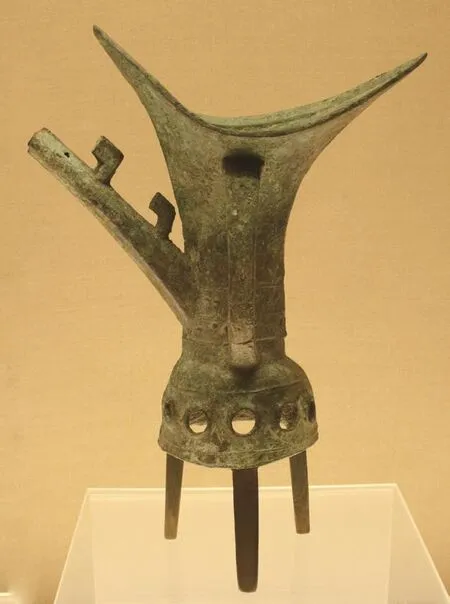
管流爵夏代晚期 (公元前18世纪~前16世纪)
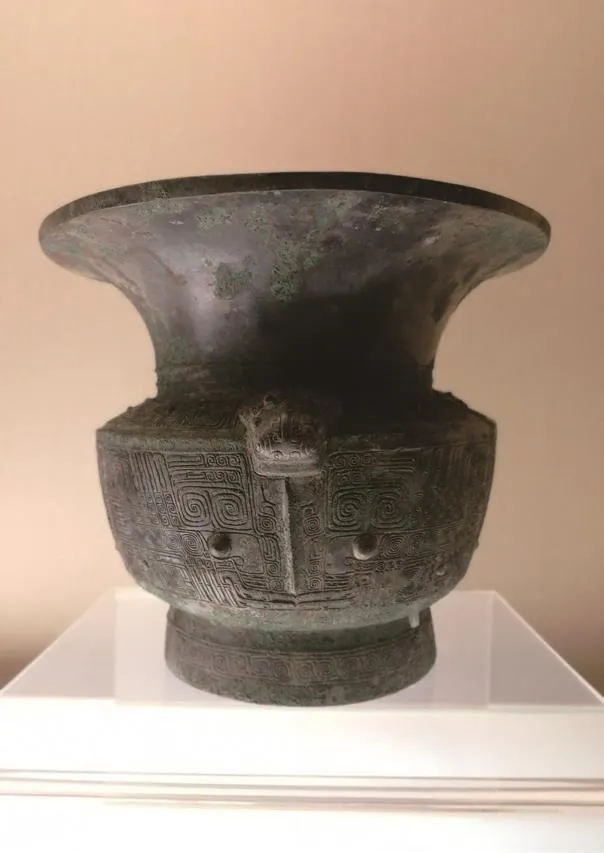
羊首兽面纹尊商代晚期 (公元前13世纪~前11世纪)
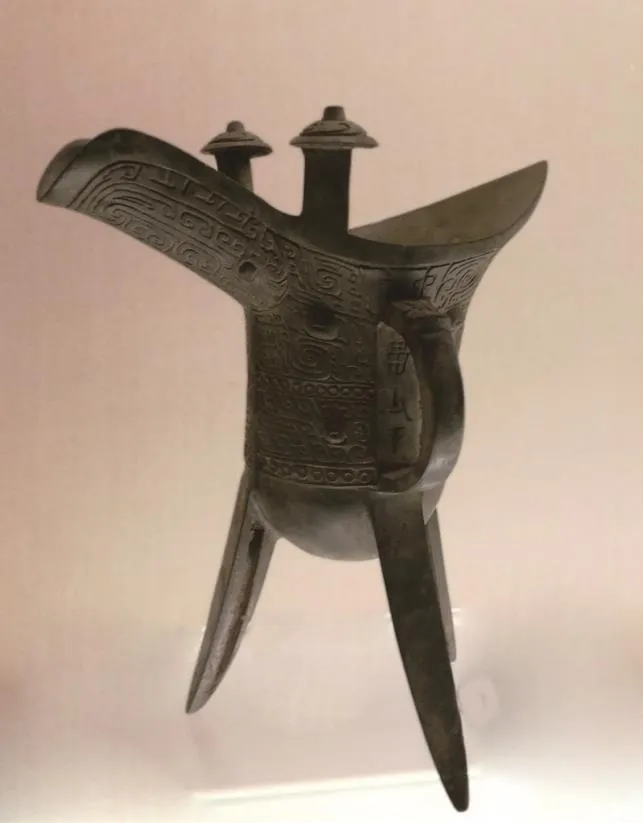
鬲父辛爵商代晚期 (公元前13世纪~前11世纪)
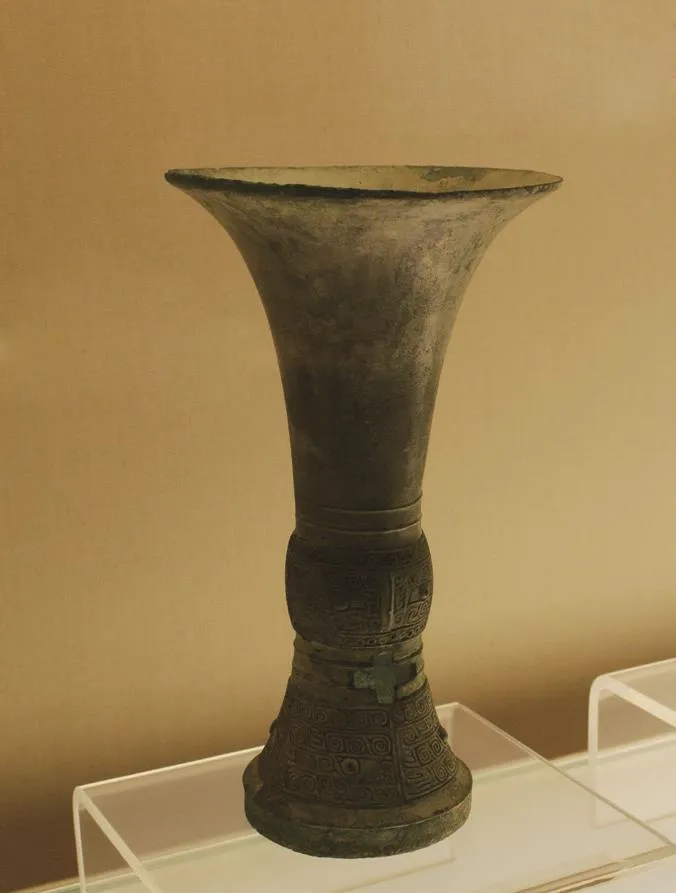
左:工觚商代晚期(公元前13世纪~前11世纪)
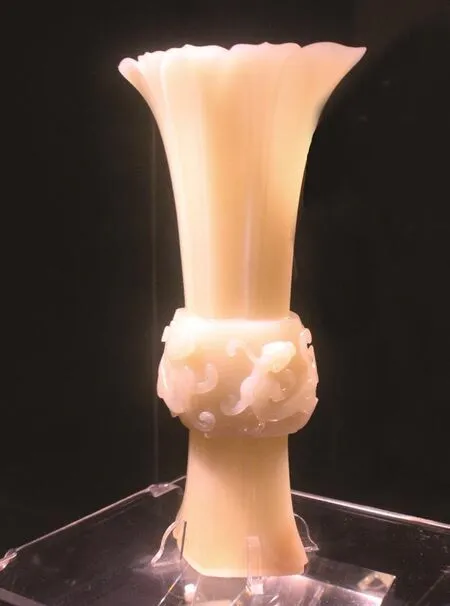
右:螭纹觚清乾隆(公元1736年~1795年)
In the late pre-Qin period, with the substantial increase in production, the status of wine was declining and became necessities for feasts. Wine vessels developed from heavy sacrificial vessels to lighter in weight and evolved into different categories according to different functions such as containing wine, drinking wine and fetching wine with corresponding etiquette standards. Taking the most distinguished " Baron" (wind vessel in ancient China) as an example, the monarch toasted ministers with jade barons, senior oきcials with Yao barons, and ordinary people used with ordinary barons. Diあerent materials accord with diあerent status.
度量显实用Practical Metrological Standards
古人饮酒以升作为计量单位。民间一次标准的酒宴应“一献而三酬”,主人向宾客第一次敬酒谓之“献”,再次敬酒谓之“酬”,献执爵而酬执觚。参考《考工记》“爵一升,觚三升”的标准,主人一次酒宴就要豪饮10升。看似有违常识,其实却是古今对升的定义不同所致。原来,先秦的1升只相当于如今的0.2升,再考虑到当时以米酒为主,10升的酒量大致相当于如今的1瓶红酒。
Measurement unit in ancient Chinese wine feast was"Sheng"(about 200mL).A standard process of toast in banquet included " one offer and three rewards".The first toast of the host was called "Oあer" and the following toasts of the host were called "Rewards".The barons for Offer and "Gu" (3 times the size of baron)for Rewards. According to metrological standards in "Kaogongji", a Gu was 3 times the volume of a baron. The host must drink 10 liters at a banquet, which was seemingly contrary to common sense. However, there were different metrological standards in ancient and modern times. Sheng equaled to 200mL. Considering that wine in ancient China was made from rice, 10 Sheng of wine was roughly equivalent to 1 bottle of red wine in modern times.
结 语Conclusion
从庙堂到市井,一方小小的酒杯既满足了口腹之欲,又凭添了生活情趣,更是传统酒文化传承发扬的必需品,承载着礼仪之邦的文明和智慧。
From royal to philistines, a small wine vessel not only satisfies appetite, but also adds fun to life. It is also a necessity for the inheritance and development of traditional wine culture, bearing the civilization and wisdom of a nation of etiquette.

